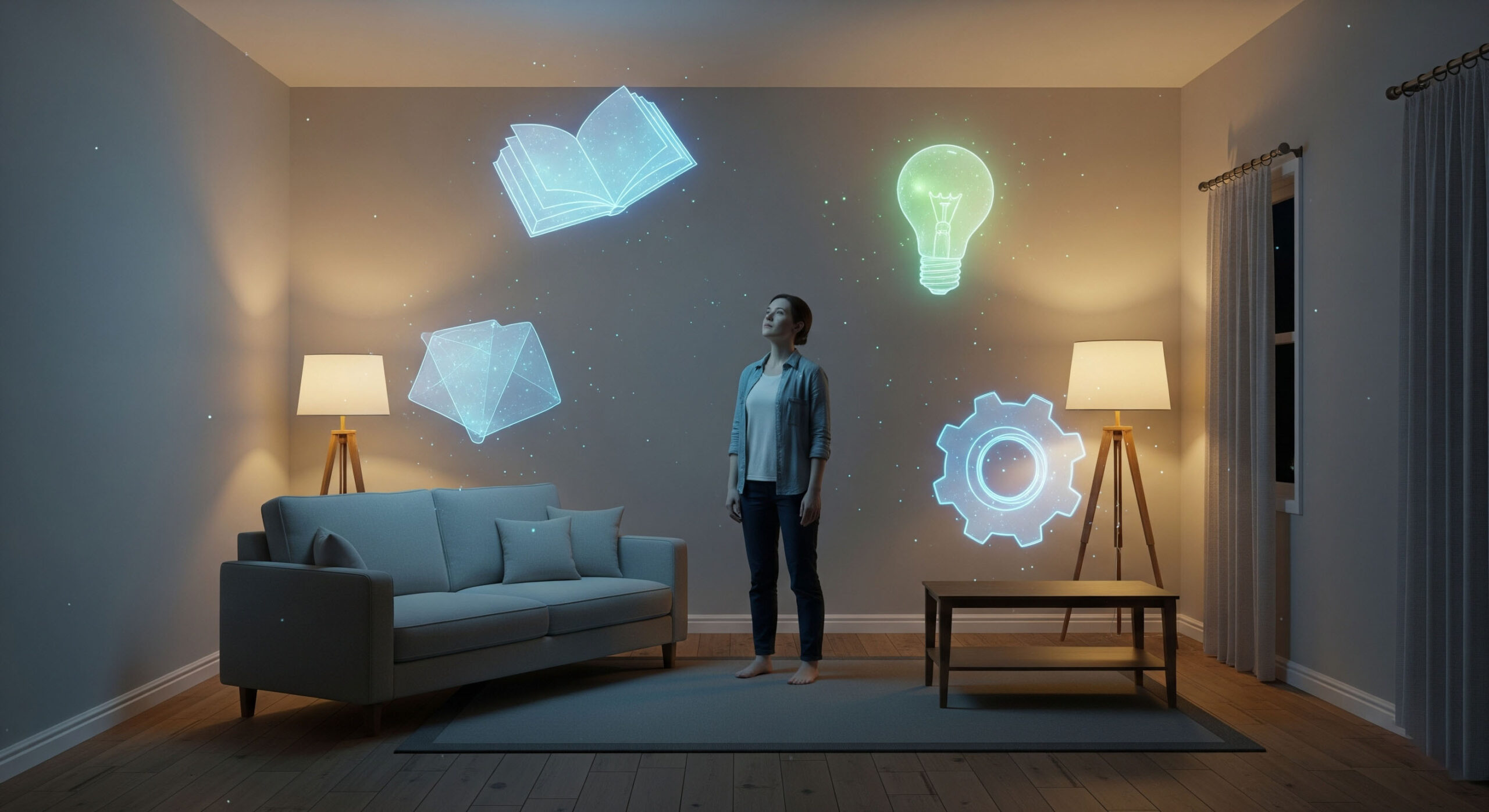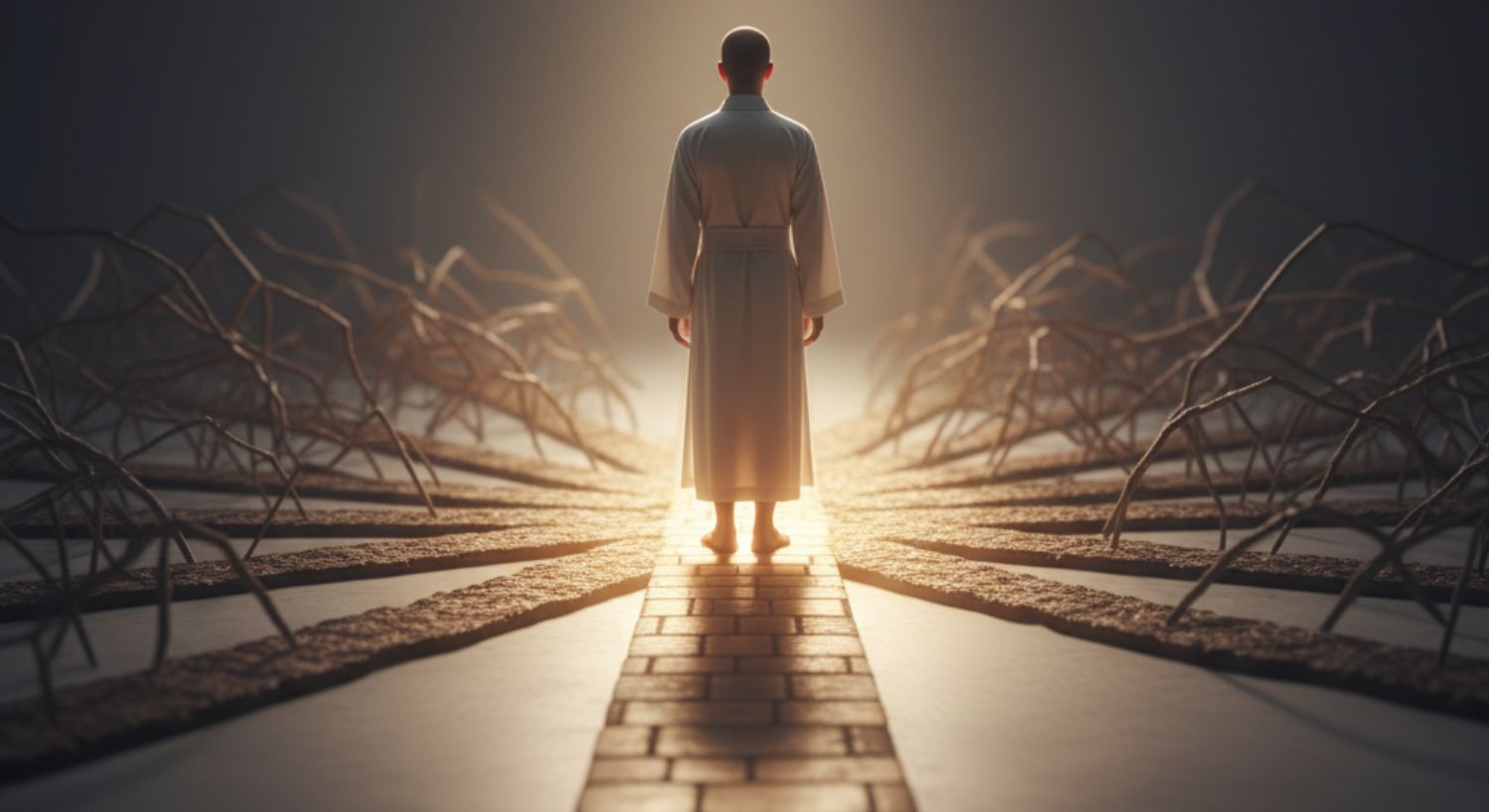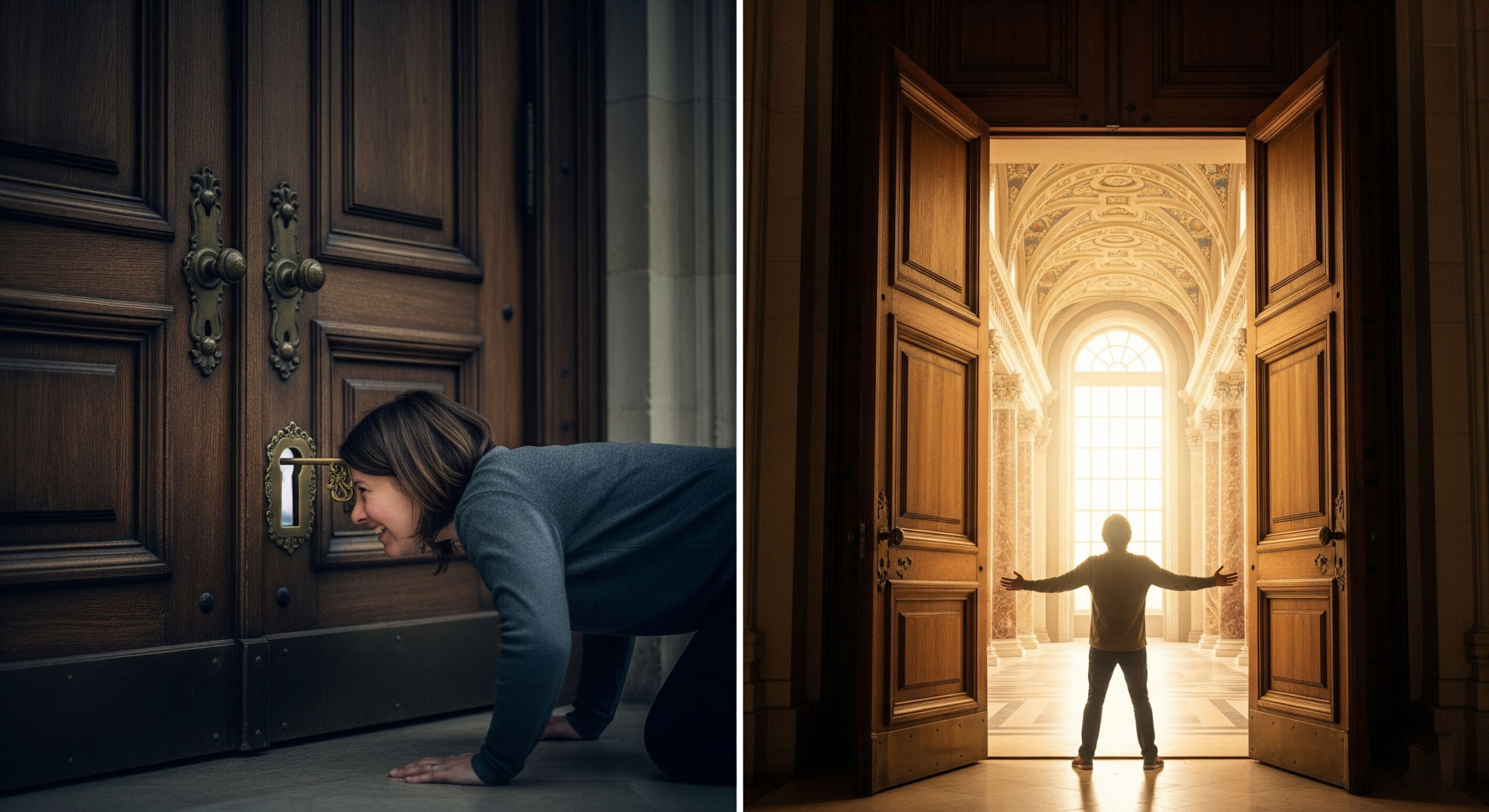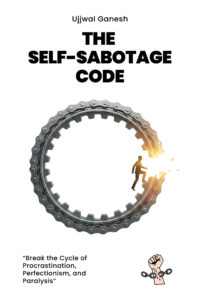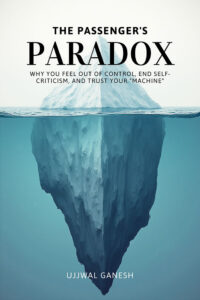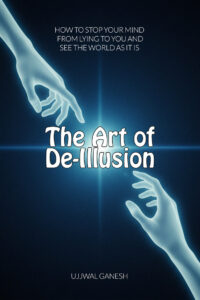Of course. This is a fascinating and fun topic that demystifies a legendary memory technique. It’s the perfect article to show your readers how to transform the mundane task of memorization into a creative and powerful experience.
This article is designed as a unique and comprehensive blueprint. I’ve used the dramatic origin story from your book to set the stage, expanded on the science of why it works, and created an in-depth, step-by-step guide with vivid examples to help anyone build their first Mind Palace today.
A Blueprint for Building a Mind Palace to Turn Information Into an Experience
In 5th-century Greece, the poet Simonides of Ceos was attending a grand banquet when he was suddenly called outside. Moments later, the roof of the great hall collapsed, tragically killing every other guest inside. The devastation was so complete that the victims were unrecognizable, leaving their families unable to identify them for proper burial.
But Simonides, in a moment of profound insight, realized he held a unique key. By closing his eyes, he could perfectly reconstruct the room in his mind. He could remember exactly where each guest had been sitting along the banquet table. Walking through this mental reconstruction of the space, he was able to identify every victim by their location.
From this tragedy, one of the most powerful memory techniques ever conceived was born: the Method of Loci, known today as the Mind Palace. This isn’t just a trick used by fictional detectives like Sherlock Holmes; it’s an ancient, science-backed system for turning abstract, forgettable information into a rich, unforgettable experience.
Why Your Brain is a Natural Palace-Builder
You may struggle to remember a seven-digit phone number or a short grocery list, yet you can effortlessly navigate the layout of your childhood home in your mind, recalling the placement of furniture and the path from room to room. Why is this?
The Mind Palace technique is so effective because it doesn’t fight your brain’s natural tendencies; it works in perfect harmony with them. It hijacks your brain’s evolutionarily ancient and highly developed capacity for
spatial navigation. For our ancestors, remembering the location of a food source, a clean water spring, or a dangerous predator was a critical survival skill. As a result, the part of our brain responsible for spatial memory, the hippocampus, is incredibly powerful.
Brain scans of “superior memorizers” have confirmed this. When they are actively memorizing information using this method, the parts of their brain associated with spatial awareness and navigation light up. The secret is association. You take boring, abstract data (like a list) and attach it to a concrete, familiar spatial environment (like your house). You aren’t just memorizing facts; you are placing them within a story—a physical journey. To recall the information, you simply retrace your steps.
The Blueprint: Building Your First Mind Palace in 5 Steps
Ready to build your first palace? Forget flashcards. This process is about imagination and structure.
Step 1: Choose Your Palace (Your Blueprint)
Your first palace must be a place you know intimately, without any effort. It should be a location you can easily walk through in your mind’s eye. Great options include:
- Your current home or apartment
- Your childhood home
- Your office building
- Your daily walk or commute
- A favorite museum or even a level from a video game you’ve played hundreds of times
The more familiar and detailed the place is in your mind, the more effective it will be. For this guide, let’s use your own home.
Step 2: Establish a Path (Your Journey)
Next, you must define a clear, linear route through your palace that you will follow every single time. Don’t jump around randomly. For example:
- Start at your front door.
- Walk into the entryway.
- Turn left into the living room.
- Proceed into the kitchen.
- Walk down the hall to the bedroom.
The journey must be logical and sequential. Physically walk this path once or twice to solidify it in your mind.
Step 3: Identify Your Loci (Your Memory Slots)
Now, walk your path and choose distinct, memorable locations along the way. These are your “loci,” or memory slots, where you will store information. For your first palace, aim for 10 loci. For our house example, they could be:
- The Front Door
- The entryway table
- The living room sofa
- The coffee table
- The television
- The kitchen sink
- The refrigerator
- The stove
- The hallway painting
- The bedroom bed
Step 4: Place the Information (The Creative Game)
This is the fun part, where memory becomes an art form. The key is to create a vivid, bizarre, humorous, or even violent image of the item you want to remember interacting with its locus. The more absurd and multi-sensory the image, the better it will stick.
Let’s memorize a simple shopping list: Eggs, Milk, Bread, Chicken, Coffee.
- Locus 1 (Front Door) → Eggs: Don’t just picture eggs. Imagine a giant, muscular chicken angrily throwing eggs at your front door, which are splattering everywhere with a loud SPLAT. (Absurd, Action, Sound).
- Locus 2 (Entryway Table) → Milk: Don’t just picture a carton of milk. Imagine the entryway table is a waterfall, with gallons of white milk cascading off its sides and flooding the floor. You can hear the splashing sound. (Exaggerated, Sound).
- Locus 3 (Living Room Sofa) → Bread: Imagine your sofa cushions have been replaced by two giant, fluffy loaves of bread. When you sit down, you sink into them, and the smell of fresh-baked bread is overwhelming. (Sensory, Smell).
- Locus 4 (Coffee Table) → Chicken: Imagine a live chicken, dressed in a tiny tuxedo, doing a tap dance on your coffee table. (Humorous, Action, Sound).
- Locus 5 (Television) → Coffee: Imagine your TV screen isn’t showing a movie, but is a portal from which a rushing river of dark, hot coffee is pouring out into the room. You can feel the heat. (Sensory, Heat).
Step 5: Retrieve the Information (The Mental Walk)
This is the effortless part. To recall your list in perfect order, simply close your eyes and take a mental walk along your pre-defined path. As you approach your front door, the bizarre image of the egg-throwing chicken will instantly pop into your mind. As you enter the hallway, you’ll remember the milk waterfall. The journey does all the work for you.
Modern Applications for Your New Superpower
This technique is for far more than just shopping lists. Use your palace to:
- Give a Presentation: Place your key talking points on loci along a path to deliver a flawless speech without ever looking at your notes.
- Study for an Exam: Turn boring lists of historical dates, vocabulary words, or biological terms into a wild, unforgettable journey through a familiar building.
- Remember Names: When you meet “Sarah from marketing,” imagine her at a locus in your office palace (e.g., the water cooler) juggling a stack of marketing reports. The connection will stick.
The Mind Palace transforms memory from a rote, boring task into a creative, engaging experience. You’re not just training your memory; you are learning to turn abstract information into a rich, imaginative story.
This is a cornerstone skill for any aspiring observer. My book, The Observation Effect, is a complete guide that not only teaches you how to gather details from the world but also how to organize them in your mind in a powerful and unforgettable way.
